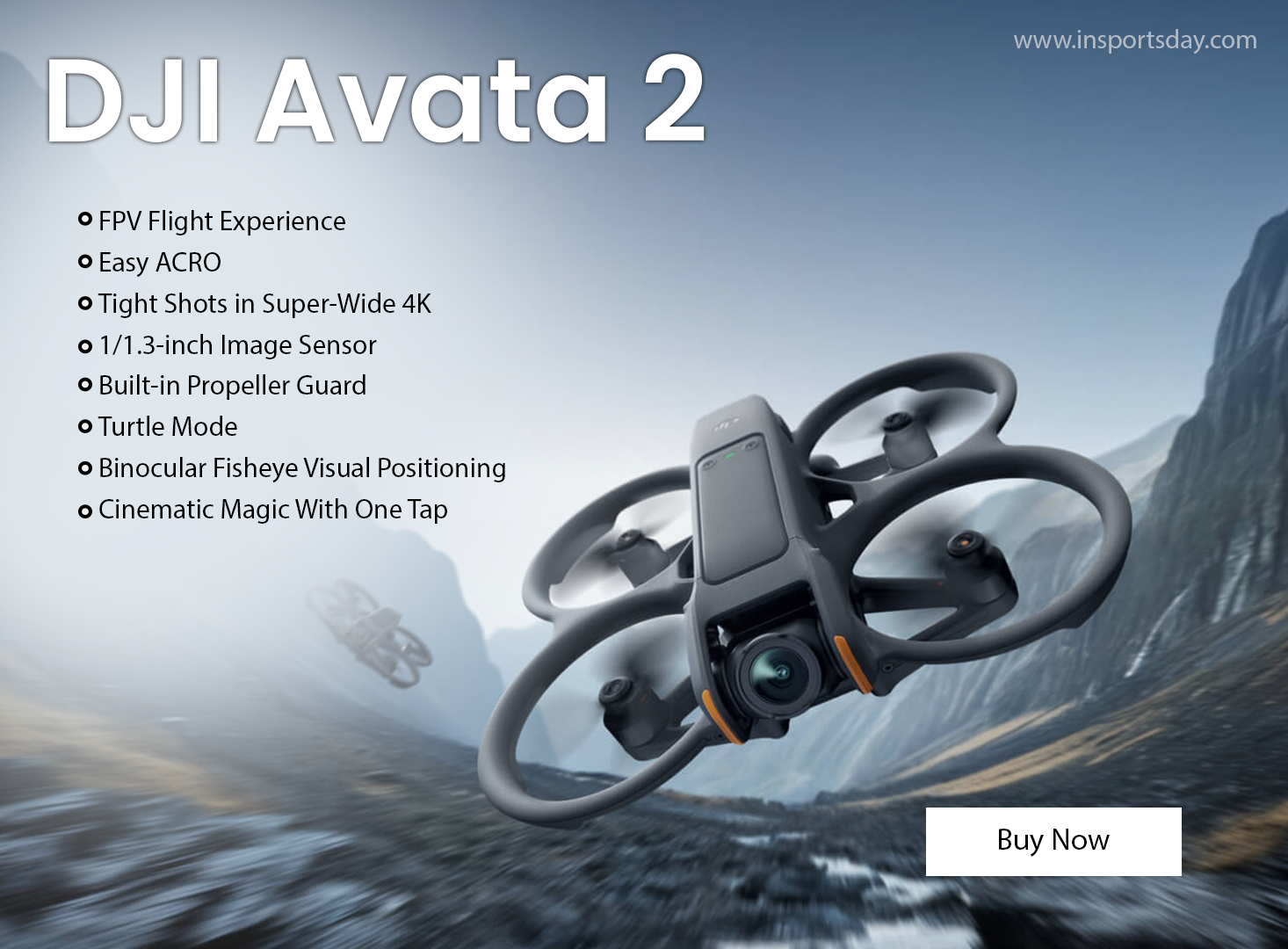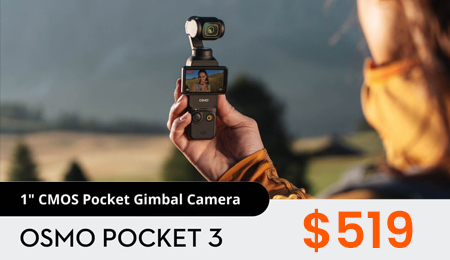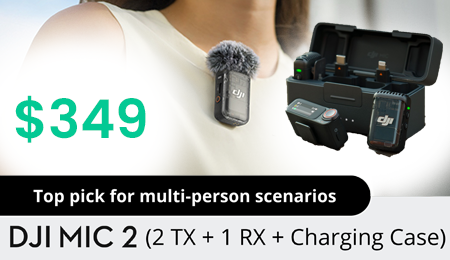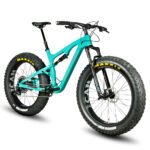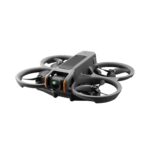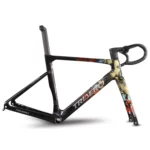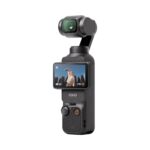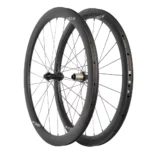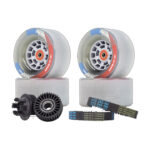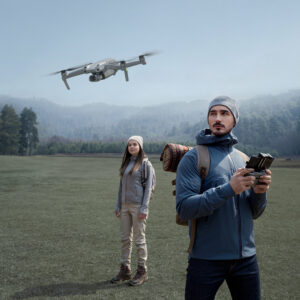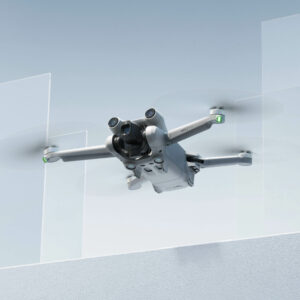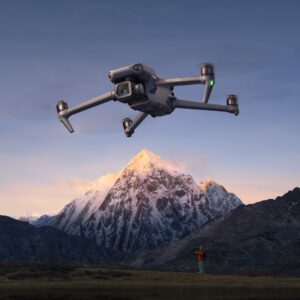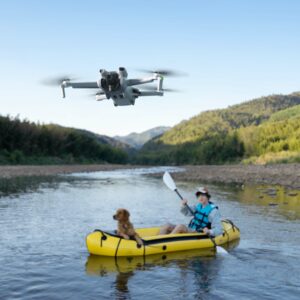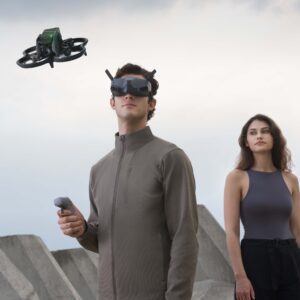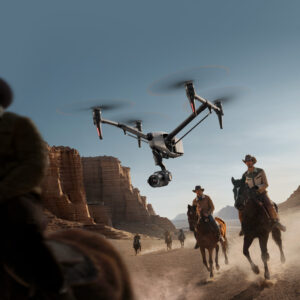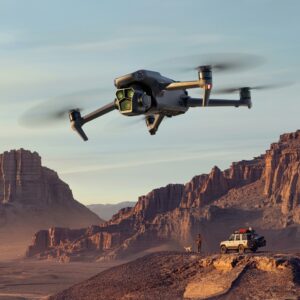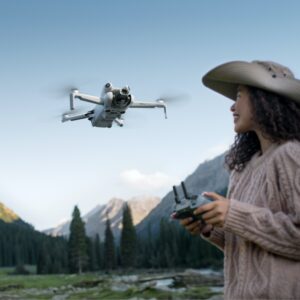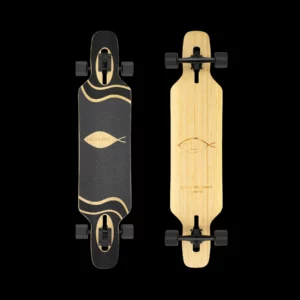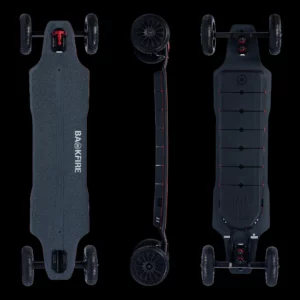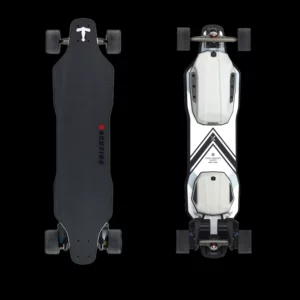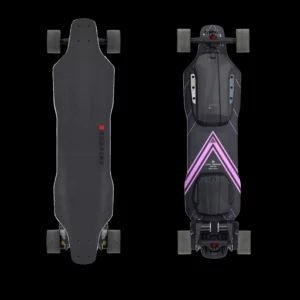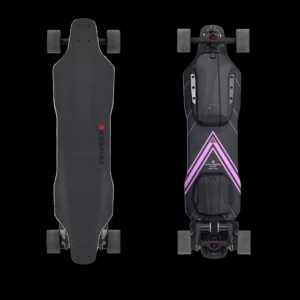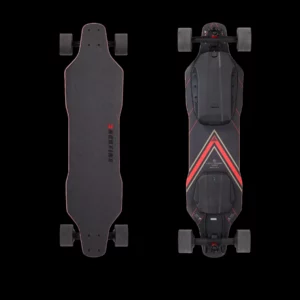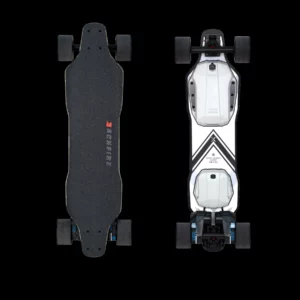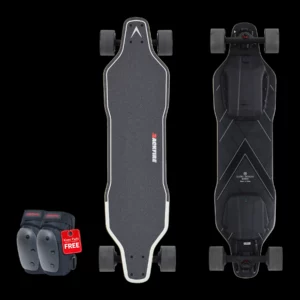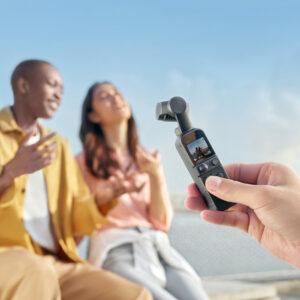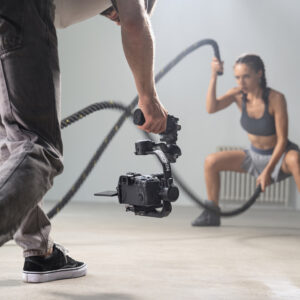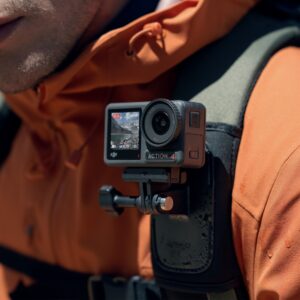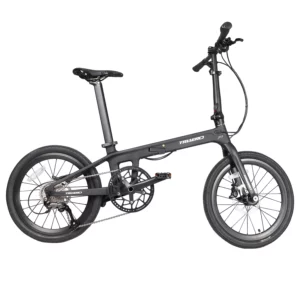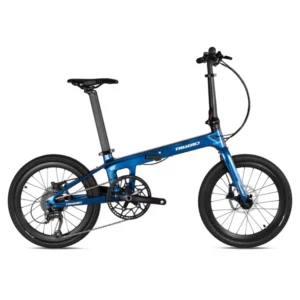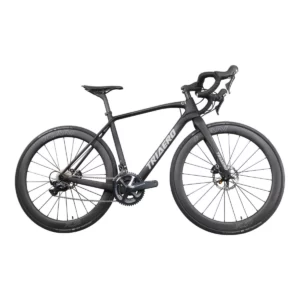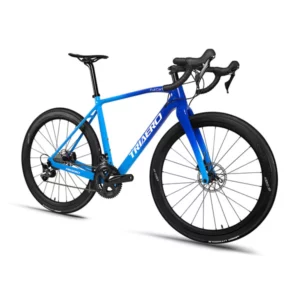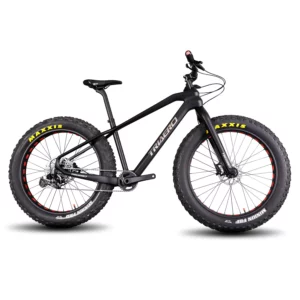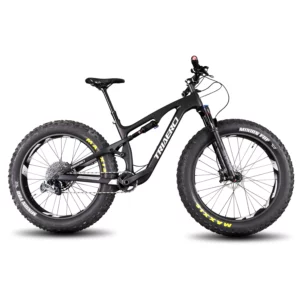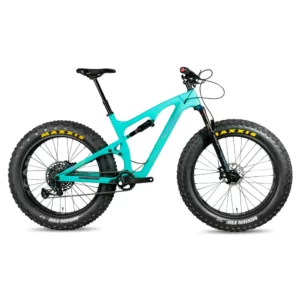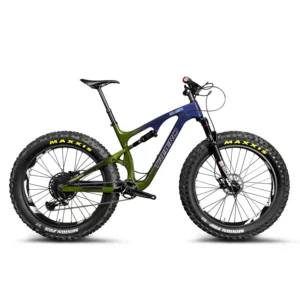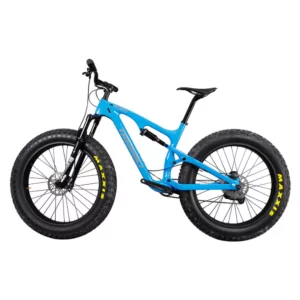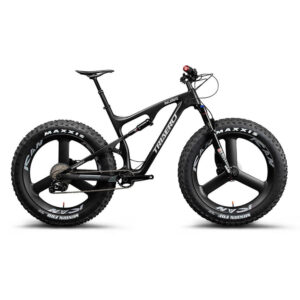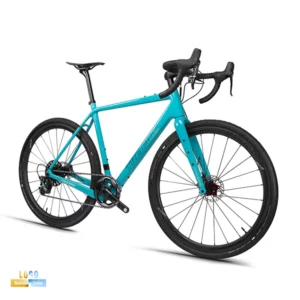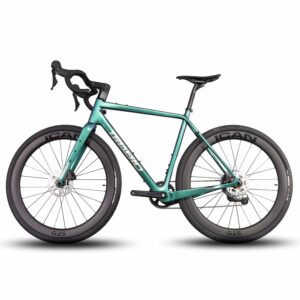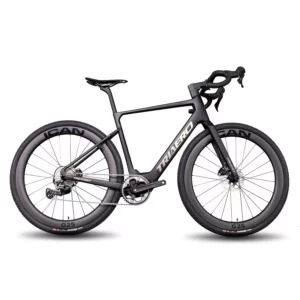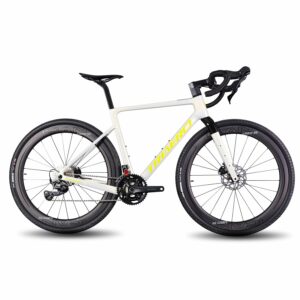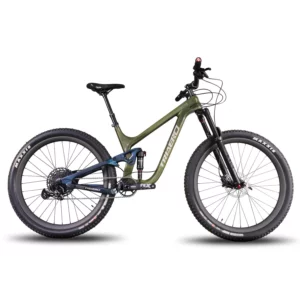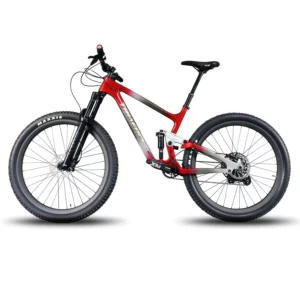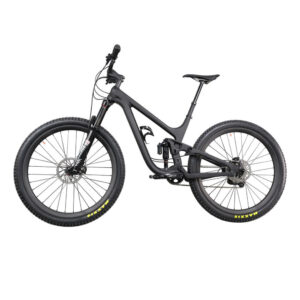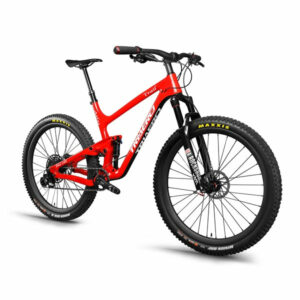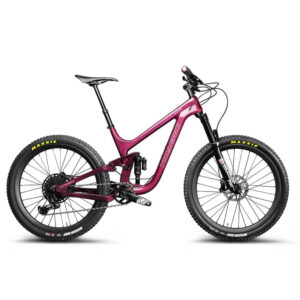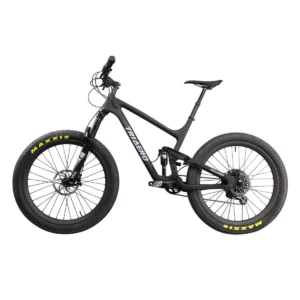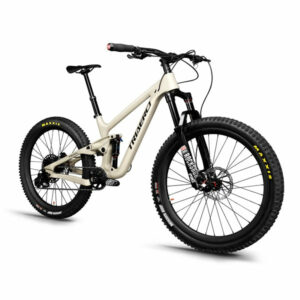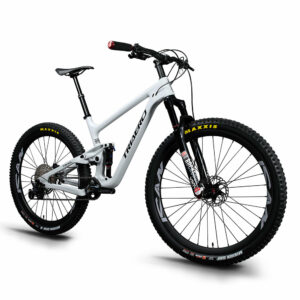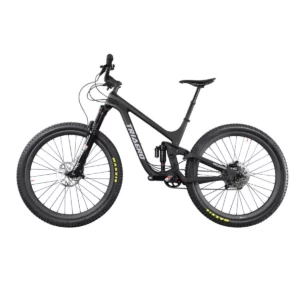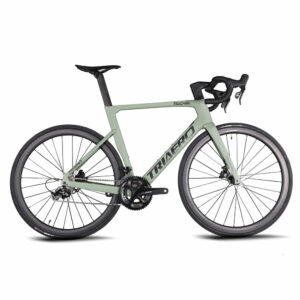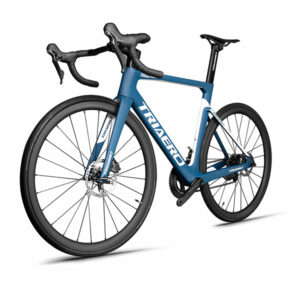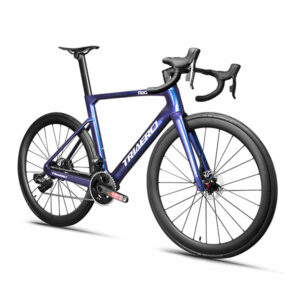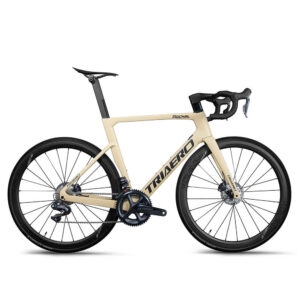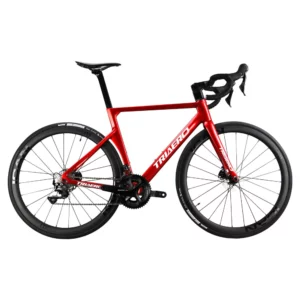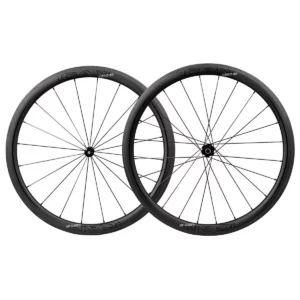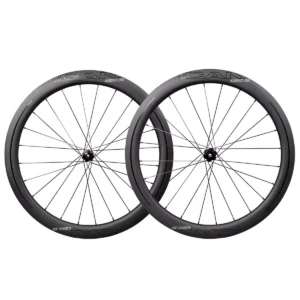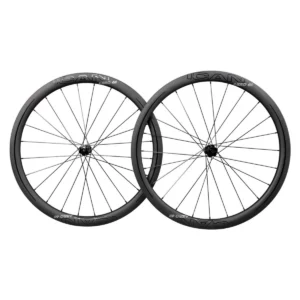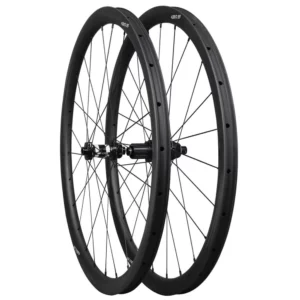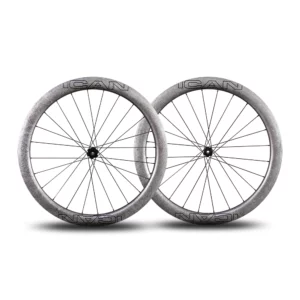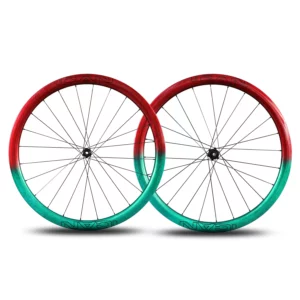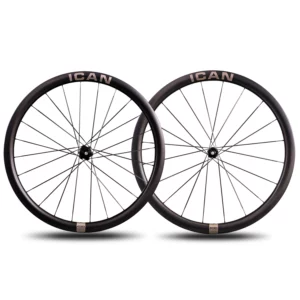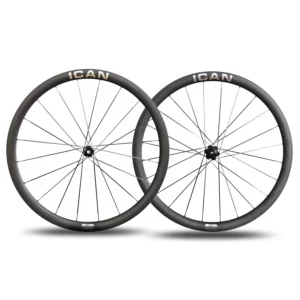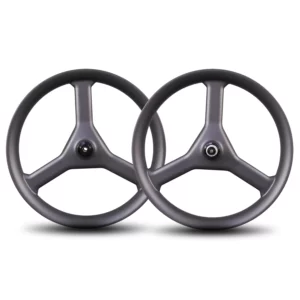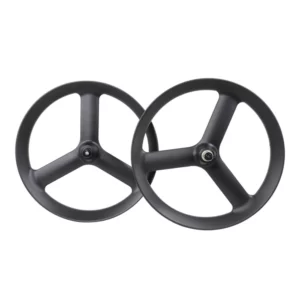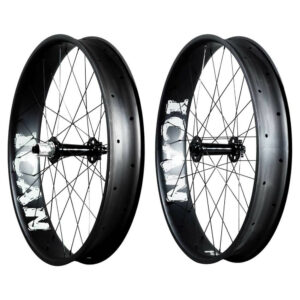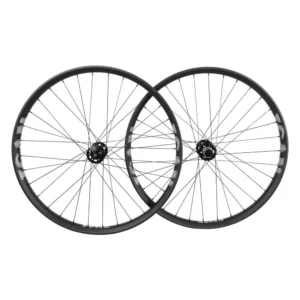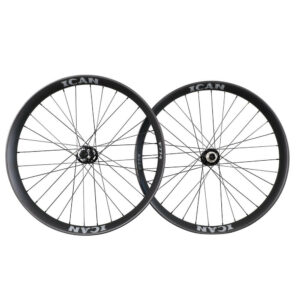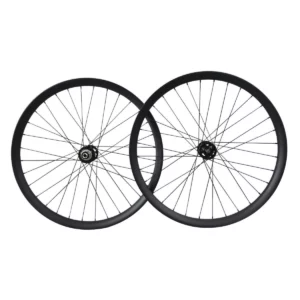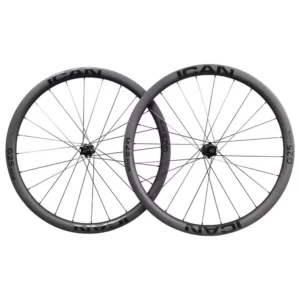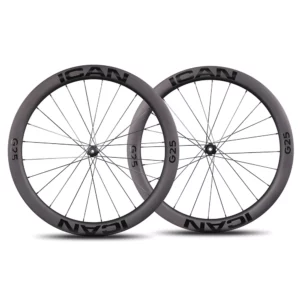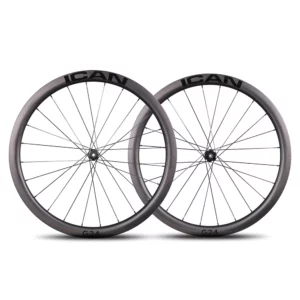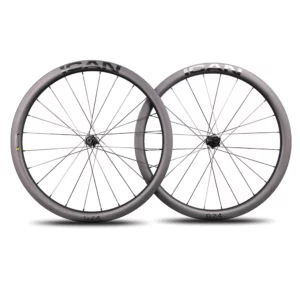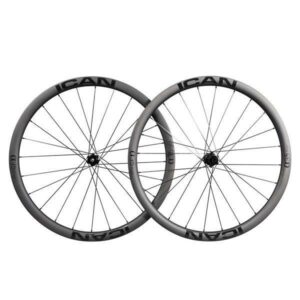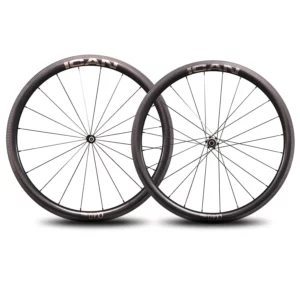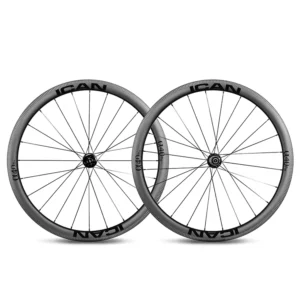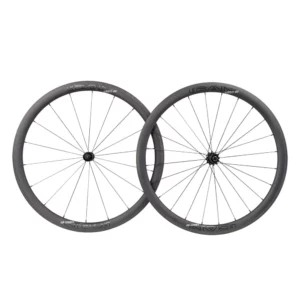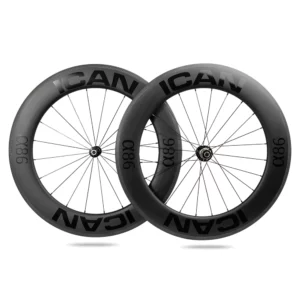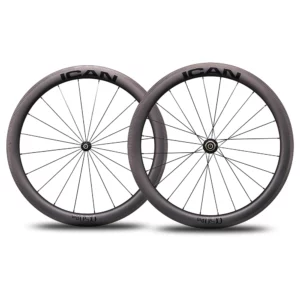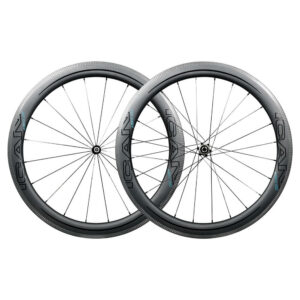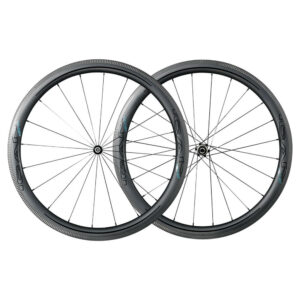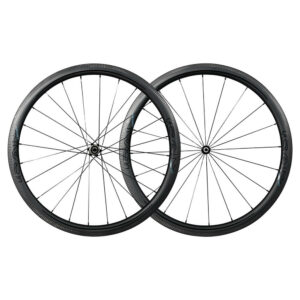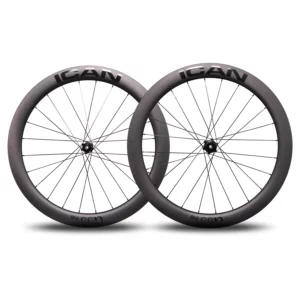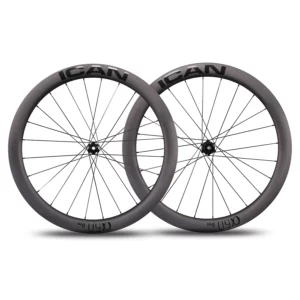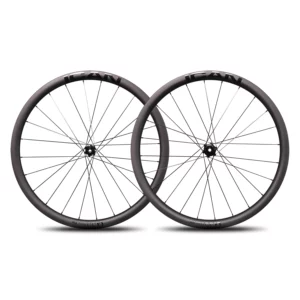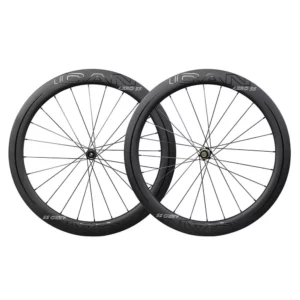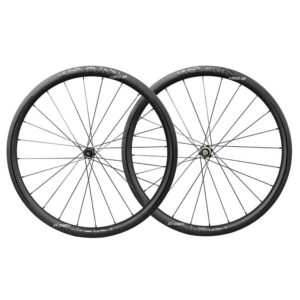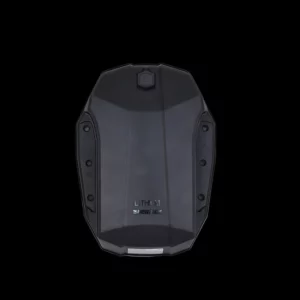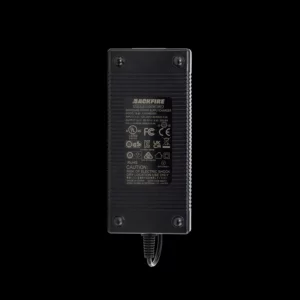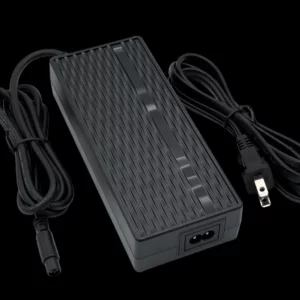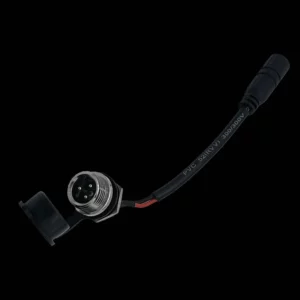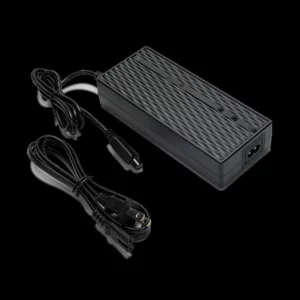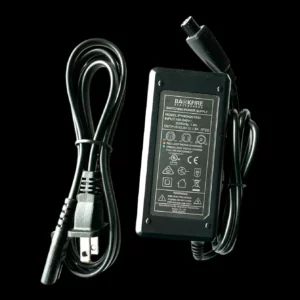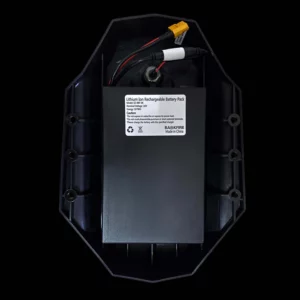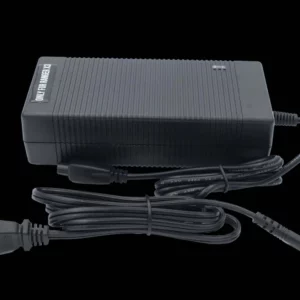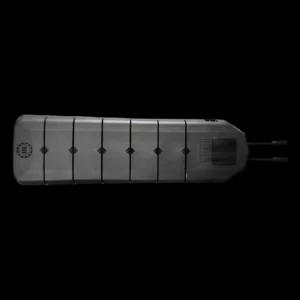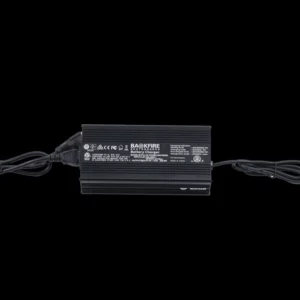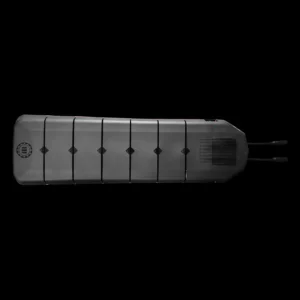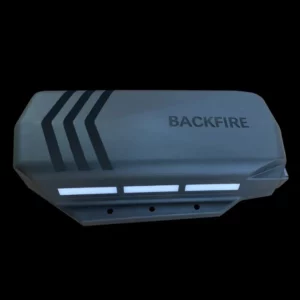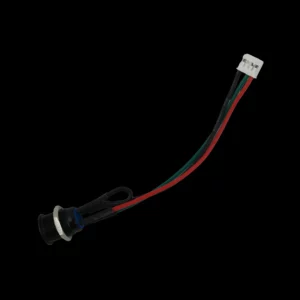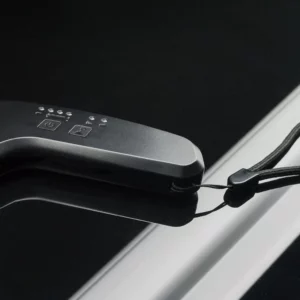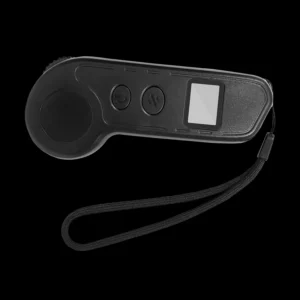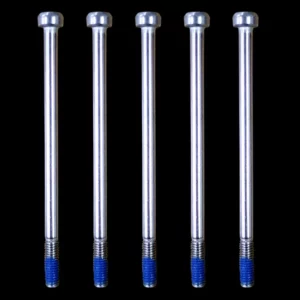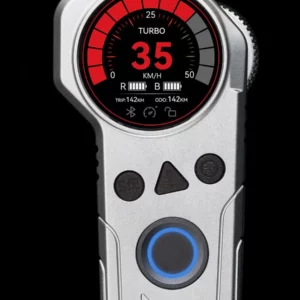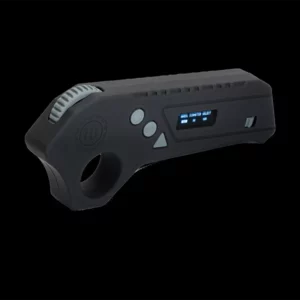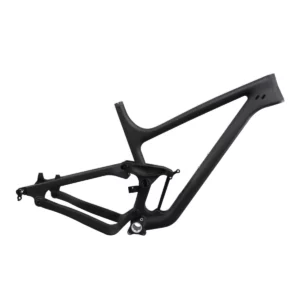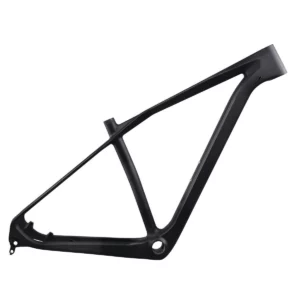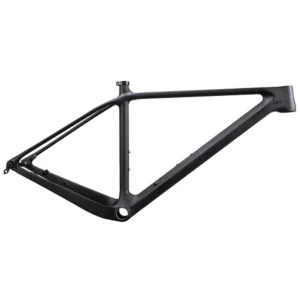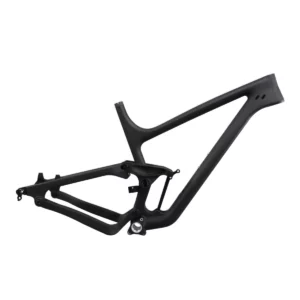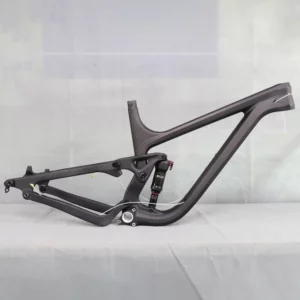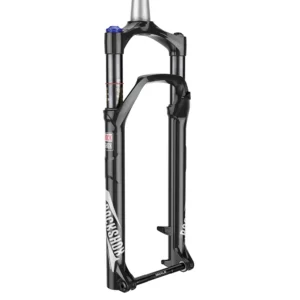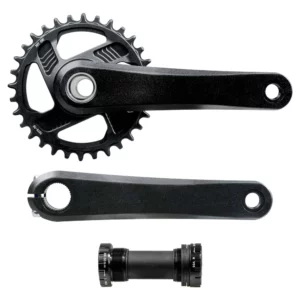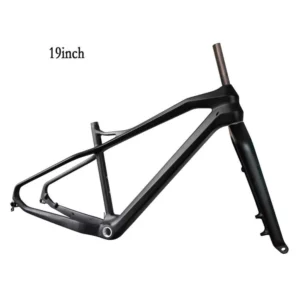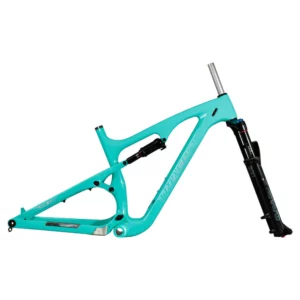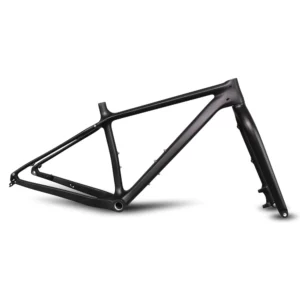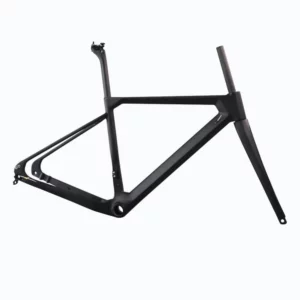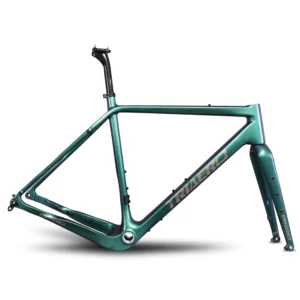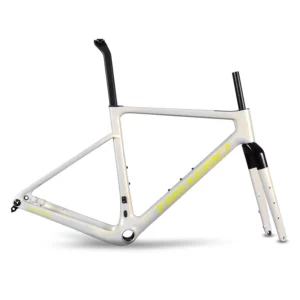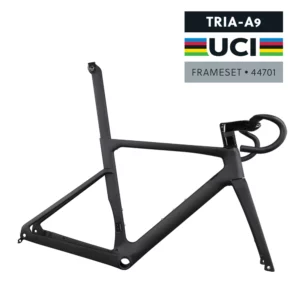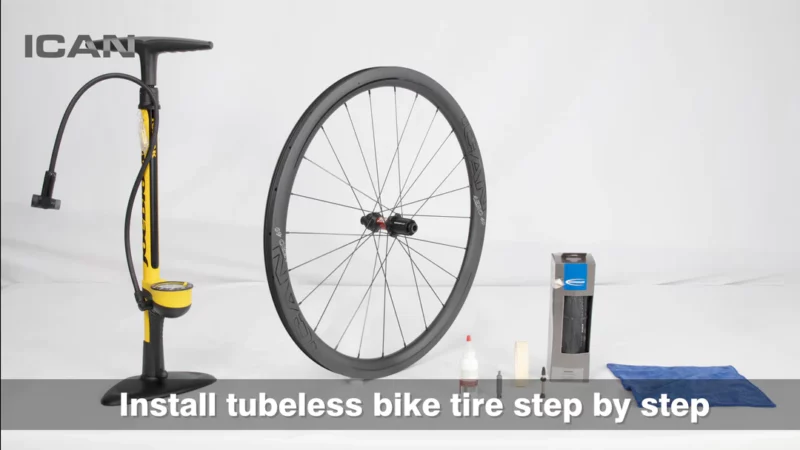28 Products
4 Products
11 Products
12 Products
18 Products
15 Products
42 Products
29 Products
35 Products
CAMERA DRONES
Camera drones, also known as unmanned aerial vehicles (UAVs) or unmanned aircraft systems (UAS), are flying machines equipped with a camera that allows them to capture images and videos from a bird’s-eye view.
Mavic Air 2
$799.00Original price was: $799.00.$559.00Current price is: $559.00.
DJI Air 2S
$1,199.00Original price was: $1,199.00.$999.00Current price is: $999.00.
DJI Mini 3 Pro (DJI RC)
$799.00Original price was: $799.00.$729.00Current price is: $729.00.
DJI Mini 3 (DJI RC-N1)
$1,599.00Original price was: $1,599.00.$1,279.00Current price is: $1,279.00.
DJI Mini 3 (DJI RC-N1)
$599.00Original price was: $599.00.$469.00Current price is: $469.00.
DJI Avata Explorer Combo
$999.00Original price was: $999.00.$829.00Current price is: $829.00.
DJI Inspire 3
$16,999.00Original price was: $16,999.00.$16,499.00Current price is: $16,499.00.
DJI Mavic 3 Pro (DJI RC)
$2,599.00Original price was: $2,599.00.$2,199.00Current price is: $2,199.00.
DJI Air 3 (DJI RC-N2)
$1,299.00Original price was: $1,299.00.$1,099.00Current price is: $1,099.00.
DJI Mini 4 Pro (DJI RC-N2)
$799.00Original price was: $799.00.$749.00Current price is: $749.00.
DJI Avata 2 Fly More Combo (Single Battery)
$1,299.00Original price was: $1,299.00.$999.00Current price is: $999.00.
They come in a variety of shapes and sizes, from small, toy-like drones to large, professional-grade models. Camera drones can be used for a variety of purposes, including:
- Aerial photography and videography: Camera drones are used by photographers and videographers to capture stunning aerial images and videos. They can be used to capture landscapes, cityscapes, events, and more.
- Real estate: Realtors can use camera drones to create aerial tours of properties, which can help potential buyers get a better sense of the property and its surroundings.
- Search and rescue: Camera drones can be used to search for missing people or property in disaster zones or other difficult-to-reach areas.
- Agriculture: Farmers can use camera drones to monitor their crops, identify pests and diseases, and apply pesticides and herbicides more precisely.
- Inspections: Camera drones can be used to inspect roofs, bridges, and other infrastructure for damage.
- Delivery: Some companies are experimenting with using camera drones to deliver packages.
When choosing a camera drone, it is important to consider the following factors:
- Budget: Camera drones range in price from a few hundred dollars to several thousand dollars.
- Size and weight: The size and weight of the drone will affect its portability and maneuverability.
- Camera quality: The camera quality will affect the resolution and clarity of your images and videos.
- Flight time: The flight time will determine how long you can fly the drone on a single battery charge.
- Ease of use: Some camera drones are easier to fly than others.
If you are new to camera drones, it is important to start with a small, easy-to-fly model. There are also a number of resources available online and in libraries that can teach you how to fly a camera drone safely and responsibly.
Here are some of the popular camera drone brands:
- DJI
- Autel Robotics
- Parrot
- Skydio
ELECTRIC SKATEBOARDS
Electric skateboards are a fun and exciting way to get around. They are essentially skateboards that have electric motors built into them, which allow you to ride them without having to push. Electric skateboards are powered by batteries, and can typically reach speeds of up to 25 miles per hour (40 km/h).
BACKFIRE BLUNT 36″ FELIS CAT TOP MOUNT LONGBOARD-MADE BY MADRID IN USA
$199.00Original price was: $199.00.$169.00Current price is: $169.00.
BACKFIRE DTF 39″ FLAMINGOS DROP THROUGH LONGBOARD-MADE BY MADRID IN USA
$350.00Original price was: $350.00.$199.00Current price is: $199.00.
BACKFIRE 41 INCH DROP THROUGH LONGBOARDS FOR BEGINNERS AND PROS (82)
$105.00Original price was: $105.00.$79.00Current price is: $79.00.
BACKFIRE RANGER X5 ALL TERRAIN ELECTRIC LONGBOARD
$1,499.00Original price was: $1,499.00.$1,299.00Current price is: $1,299.00.
BACKFIRE HAMMER SLEDGE ELECTRIC LONGBOARD
$1,899.00Original price was: $1,899.00.$1,649.00Current price is: $1,649.00.
BACKFIRE RANGER X3 ALL TERRAIN ELECTRIC SKATEBOARD
$1,399.00Original price was: $1,399.00.$1,099.00Current price is: $1,099.00.
BACKFIRE ZEALOT X BELT DRIVE ELECTRIC SKATEBOARD
$1,299.00Original price was: $1,299.00.$1,149.00Current price is: $1,149.00.
BACKFIRE ZEALOT S2 BELT DRIVE ELECTRIC SKATEBOARD (69)
$850.00Original price was: $850.00.$799.00Current price is: $799.00.
BACKFIRE ZEALOT S2E ELECTRIC LONGBOARD
$999.00Original price was: $999.00.$699.00Current price is: $699.00.
BACKFIRE G5S ELECTRIC SKATEBOARD
$899.00Original price was: $899.00.$849.00Current price is: $849.00.
BACKFIRE ZEALOT V ELECTRIC SKATEBOARD
$799.00Original price was: $799.00.$599.00Current price is: $599.00.
BACKFIRE G2 BLACK ELECTRIC SKATEBOARD
$499.00Original price was: $499.00.$379.00Current price is: $379.00.
There are many different types of electric skateboards available, so you can find one that is perfect for your needs. Some factors to consider when choosing an electric skateboard include the range, speed, weight, and price.
Range:The range of an electric skateboard is the distance it can travel on a single charge. Ranges can vary depending on the model of electric skateboard, but most electric skateboards can travel between 10 and 20 miles (16 and 32 km) on a single charge.
Speed: The speed of an electric skateboard is determined by the power of its motor. Most electric skateboards can reach speeds of up to 25 miles per hour (40 km/h), but some high-performance models can reach speeds of up to 30 miles per hour (48 km/h).
Weight: The weight of an electric skateboard is an important consideration, especially if you plan on carrying it with you. Electric skateboards can weigh anywhere from 15 to 30 pounds (6.8 to 13.6 kg).
Price: Electric skateboards can range in price from a few hundred dollars to several thousand dollars. The price of an electric skateboard is typically determined by its range, speed, weight, and brand.
Safety
Electric skateboards can be a safe way to get around, but it is important to follow some safety precautions. Here are a few tips for staying safe while riding an electric skateboard:
- Always wear a helmet when riding an electric skateboard.
- Ride in an area that is free of traffic and pedestrians.
- Be aware of your surroundings and watch out for obstacles.
- Start slowly and gradually increase your speed as you get more comfortable.
- Obey all traffic laws.
Benefits
There are many benefits to riding an electric skateboard. Here are a few:
- Electric skateboards are a fun and exciting way to get around.
- They are a more environmentally friendly way to travel than gas-powered vehicles.
- They can help you save money on gas and parking.
- They are a great way to get exercise.
HANDHELD
A handheld camera drone is not exactly a single device, but rather a combination of two technologies: a camera and a small, unmanned aerial vehicle (UAV).
DJI Pocket 2
$499.00Original price was: $499.00.$279.00Current price is: $279.00.
DJI OM 4 SE
$299.00Original price was: $299.00.$99.00Current price is: $99.00.
DJI OM 5 Athens Gray
$199.00Original price was: $199.00.$129.00Current price is: $129.00.
DJI Action 2 Dual-Screen Combo (32GB)
$499.00Original price was: $499.00.$279.00Current price is: $279.00.
DJI RSC 2
$599.00Original price was: $599.00.$399.00Current price is: $399.00.
DJI RS 3
$599.00Original price was: $599.00.$469.00Current price is: $469.00.
DJI RS 3 Pro
$999.00Original price was: $999.00.$739.00Current price is: $739.00.
Osmo Action 3 Standard Combo
$499.00Original price was: $499.00.$199.00Current price is: $199.00.
Osmo Mobile 6 Slate Gray
$399.00Original price was: $399.00.$149.00Current price is: $149.00.
DJI RS 3 Mini
$399.00Original price was: $399.00.$369.00Current price is: $369.00.
Osmo Action 4 Standard Combo
$599.00Original price was: $599.00.$299.00Current price is: $299.00.
Osmo Pocket 3
$799.00Original price was: $799.00.$519.00Current price is: $519.00.
DJI Ronin 4D-8K
$12,999.00Original price was: $12,999.00.$12,838.00Current price is: $12,838.00.
DJI Mic 2 (2 TX + 1 RX + Charging Case)
$599.00Original price was: $599.00.$349.00Current price is: $349.00.
DJI RS 4
$849.00Original price was: $849.00.$549.00Current price is: $549.00.
The camera itself can be a dedicated action camera or a smartphone with a good camera. These cameras are then mounted on a small, lightweight drone frame with propellers. The drone is tethered to the camera or smartphone by a wire or wireless connection, allowing the pilot to control the drone’s flight and capture footage through the camera app.
Here are some of the benefits of using a handheld camera drone:
- Portability: Handheld camera drones are small and lightweight, making them easy to transport and take with you on the go.
- Affordability: Handheld camera drones are typically much more affordable than traditional camera drones.
- Ease of use: Handheld camera drones are relatively easy to fly, even for beginners. They often have features like altitude hold and headless mode, which can help to make flying more stable and predictable.
However, there are also some drawbacks to consider:
- Flight time: Handheld camera drones typically have shorter flight times than traditional camera drones.
- Image quality: The image quality from handheld camera drones may not be as good as the image quality from traditional camera drones, especially in low-light conditions.
- Regulation: Depending on the weight and capabilities of the handheld camera drone, you may need to register it with the aviation authority in your country.
Here are some things to consider when choosing a handheld camera drone:
- Budget: Handheld camera drones range in price from around $50 to $200.
- Camera quality: Consider the resolution, frame rate, and low-light performance of the camera.
- Flight time: How long do you need the drone to fly on a single battery charge?
- Ease of use: Look for a drone with features that will make it easy to fly, such as altitude hold and headless mode.
- Weight: The weight of the drone will determine whether you need to register it with the aviation authority in your country.
BIKE
A road bike is a bicycle designed for speed and efficiency on paved roads. They typically have lightweight frames, narrow tires, and drop handlebars.
Folding Bike Lizard-Tri Spoke
$1,899.00Original price was: $1,899.00.$1,349.00Current price is: $1,349.00.
Folding Bike Lizard
$1,389.00Original price was: $1,389.00.$999.00Current price is: $999.00.
CX Bike AC388
$4,199.00Original price was: $4,199.00.$3,585.00Current price is: $3,585.00.
Cyclocross Bike AC388
$3,955.00Original price was: $3,955.00.$3,585.00Current price is: $3,585.00.
26er Carbon Hardtail Fat Bike SN02
Rated 3.75 out of 5$1,799.00Original price was: $1,799.00.$1,599.00Current price is: $1,599.00.
26er Full Suspension Fat Bike SN04
Rated 4.00 out of 5$3,999.00Original price was: $3,999.00.$3,599.00Current price is: $3,599.00.
Affordable Turquoise Full Suspension Fat Bike SN04
Rated 4.00 out of 5$4,879.00Original price was: $4,879.00.$4,399.00Current price is: $4,399.00.
Fat Bike SN04 Rainbow
$4,200.00Original price was: $4,200.00.$3,800.00Current price is: $3,800.00.
Full Suspension Fat Bike SN04
$5,500.00Original price was: $5,500.00.$4,275.00Current price is: $4,275.00.
3S Spoke Wheels Fat Bike SN04
Rated 4.50 out of 5$4,999.00Original price was: $4,999.00.$4,788.00Current price is: $4,788.00.
X-Gravel Bike
$3,489.00Original price was: $3,489.00.$3,075.00Current price is: $3,075.00.
Upgraded Internal Routing X-Gravel Bike
$3,259.00Original price was: $3,259.00.$2,799.00Current price is: $2,799.00.
E-Gravel Voyager
$3,999.00Original price was: $3,999.00.$3,499.00Current price is: $3,499.00.
Graro Bike
$3,199.00Original price was: $3,199.00.$2,799.00Current price is: $2,799.00.
Enduro 29er Boost-Custom Paint-Sram NX EAGLE
$3,459.00Original price was: $3,459.00.$3,150.00Current price is: $3,150.00.
Trail Bike P1-Custom Paint-Sram NX EAGLE
$3,599.00Original price was: $3,599.00.$2,999.00Current price is: $2,999.00.
29er Enduro Bike P9
Rated 4.00 out of 5$4,789.00Original price was: $4,789.00.$4,170.00Current price is: $4,170.00.
27.5 plus Trail Bike Red P1
Rated 4.50 out of 5$5,199.00Original price was: $5,199.00.$4,769.00Current price is: $4,769.00.
29er Enduro Bike Rainbow P9
Rated 4.25 out of 5$4,590.00Original price was: $4,590.00.$3,880.00Current price is: $3,880.00.
27.5 plus Trail Bike P1
Rated 4.20 out of 5$5,199.00Original price was: $5,199.00.$4,769.00Current price is: $4,769.00.
27.5 plus Trail Bike Khaki P1
Rated 4.00 out of 5$3,999.00Original price was: $3,999.00.$3,659.00Current price is: $3,659.00.
Full Suspension Trail Bike P1
$3,599.00Original price was: $3,599.00.$3,299.00Current price is: $3,299.00.
29er Full Suspension Enduro Bike P9
Rated 4.20 out of 5$5,599.00Original price was: $5,599.00.$5,020.00Current price is: $5,020.00.
AERO Road Disc Bike A9 (Chinese L-TWOO R9)
Rated 4.50 out of 5$2,999.00Original price was: $2,999.00.$2,249.00Current price is: $2,249.00.
AERO Road Disc Bike A9(SHIMANO R8020)
Rated 4.00 out of 5$4,199.00Original price was: $4,199.00.$3,655.00Current price is: $3,655.00.
AERO A9 (FORCE ETAP AXS Groupset)
Rated 4.00 out of 5$5,350.00Original price was: $5,350.00.$4,700.00Current price is: $4,700.00.
Carbon AERO Road Bike A9(SHIMANO R8070)
Rated 4.00 out of 5$4,920.00Original price was: $4,920.00.$4,520.00Current price is: $4,520.00.
AERO Road Disc Bike A22
Rated 4.20 out of 5$2,999.00Original price was: $2,999.00.$2,599.00Current price is: $2,599.00.
Here are some of the key features of road bikes:
- Lightweight frame: Road bike frames are typically made from aluminum, carbon fiber, or titanium. These materials are strong and stiff, but also lightweight, which helps to reduce the overall weight of the bike and improve its performance.
- Narrow tires: Road bike tires are much narrower than mountain bike tires. This helps to reduce rolling resistance, which is the force that resists the forward motion of the tire. Narrower tires also provide a more responsive ride.
- Drop handlebars: Drop handlebars allow the rider to get into a more aerodynamic position, which can help to reduce wind resistance. They also provide multiple hand positions, which can help to reduce fatigue on long rides.
Road bikes are a great choice for a variety of activities, including:
- Commuting: Road bikes are a fast and efficient way to get around town.
- Fitness: Road cycling is a great way to get exercise. It’s a low-impact activity that can help to improve your cardiovascular health, strength, and endurance.
- Recreation: Road cycling is a great way to explore the outdoors and enjoy the scenery.
If you’re thinking about buying a road bike, there are a few things to consider. First, you’ll need to decide on a budget. Road bikes can range in price from a few hundred dollars to several thousand dollars. Second, you’ll need to think about what size bike you need. Road bikes come in a variety of sizes, so it’s important to get one that fits you properly. Finally, you’ll need to decide on what type of features you want on your bike. Some road bikes come with features like disc brakes and electronic shifting, but these features can add to the cost of the bike.
ROAD WHEELS
Road wheels are the circular components that allow a road bike to move. They are typically made up of three main parts:
AERO 55 DT240 EXP/350
$1,555.00Original price was: $1,555.00.$955.00Current price is: $955.00.
AERO 50 DT240 EXP/350
$1,035.00Original price was: $1,035.00.$935.00Current price is: $935.00.
AERO 40 DT240 EXP/350
$1,120.00Original price was: $1,120.00.$920.00Current price is: $920.00.
AERO 55 Disc DT240 EXP/350
$1,290.00Original price was: $1,290.00.$990.00Current price is: $990.00.
AERO 50 Disc DT240 EXP/350
$1,040.00Original price was: $1,040.00.$940.00Current price is: $940.00.
AERO 40 Disc DT240 EXP/350
$1,055.00Original price was: $1,055.00.$955.00Current price is: $955.00.
AERO 35 Disc DT240 EXP/350
$1,225.00Original price was: $1,225.00.$925.00Current price is: $925.00.
AERO 50 Disc DT240 EXP/350 Art Painting
$1,199.00Original price was: $1,199.00.$990.00Current price is: $990.00.
AERO 40 Disc Art Painting
$899.00Original price was: $899.00.$705.00Current price is: $705.00.
38/52 Pie Carbon Spoke 21mm
$1,020.00Original price was: $1,020.00.$920.00Current price is: $920.00.
36/50 Pie Carbon Spoke 23mm
$1,020.00Original price was: $1,020.00.$920.00Current price is: $920.00.
27.5er 3S Fat Bike Wheels
$999.00Original price was: $999.00.$595.00Current price is: $595.00.
3S Fat Bike Wheels 26er
$795.00Original price was: $795.00.$595.00Current price is: $595.00.
26er 90C Fat Bike Wheels F685
$995.00Original price was: $995.00.$695.00Current price is: $695.00.
29er Fat Bike Wheels F945E
$985.00Original price was: $985.00.$685.00Current price is: $685.00.
27.5er Fat Bike Wheels F774
$885.00Original price was: $885.00.$685.00Current price is: $685.00.
27.5er 50C Fat Bike Wheels
$950.00Original price was: $950.00.$650.00Current price is: $650.00.
650B G25
$950.00Original price was: $950.00.$650.00Current price is: $650.00.
700C G25 DT240 EXP/350
$1,129.00Original price was: $1,129.00.$1,029.00Current price is: $1,029.00.
700C G24 DT240 EXP/350
$1,129.00Original price was: $1,129.00.$1,029.00Current price is: $1,029.00.
700C G24
$950.00Original price was: $950.00.$650.00Current price is: $650.00.
Alpha Disc Pro Road Wheels EU
$895.00Original price was: $895.00.$595.00Current price is: $595.00.
Alpha Max Rim Brake Wheels EU
$970.00Original price was: $970.00.$670.00Current price is: $670.00.
Alpha Pro Series Wheels EU
$995.00Original price was: $995.00.$595.00Current price is: $595.00.
AEROS Series Wheels EU
$960.00Original price was: $960.00.$760.00Current price is: $760.00.
AERO Series Wheels R01 Hubs US
$999.00Original price was: $999.00.$699.00Current price is: $699.00.
AERO 52 WD Disc
$970.00Original price was: $970.00.$670.00Current price is: $670.00.
Alpha 86 Pro
$840.00Original price was: $840.00.$540.00Current price is: $540.00.
Alpha 55 Pro
$999.00Original price was: $999.00.$495.00Current price is: $495.00.
Alpha 50 Pro
$885.00Original price was: $885.00.$485.00Current price is: $485.00.
Alpha 40 Pro
$775.00Original price was: $775.00.$475.00Current price is: $475.00.
AERO 55S
$975.00Original price was: $975.00.$675.00Current price is: $675.00.
AERO 50
$855.00Original price was: $855.00.$655.00Current price is: $655.00.
AERO 45
$950.00Original price was: $950.00.$650.00Current price is: $650.00.
AERO 40
$940.00Original price was: $940.00.$640.00Current price is: $640.00.
Alpha 55 Disc Pro
$995.00Original price was: $995.00.$495.00Current price is: $495.00.
Alpha 50 Disc Pro
$880.00Original price was: $880.00.$485.00Current price is: $485.00.
Alpha 35 Disc Pro
$975.00Original price was: $975.00.$475.00Current price is: $475.00.
AERO 55 Disc
$1,065.00Original price was: $1,065.00.$685.00Current price is: $685.00.
AERO 40 Disc
$1,055.00Original price was: $1,055.00.$655.00Current price is: $655.00.
AERO 35 Disc
$999.00Original price was: $999.00.$655.00Current price is: $655.00.
Rim: The rim is the outer edge of the wheel that the tire sits on. Rims can be made from aluminum, carbon fiber, or a combination of both materials. Aluminum rims are strong and durable, but they can be heavier than carbon fiber rims. Carbon fiber rims are lighter and can improve the performance of a bike, but they can also be more expensive and more susceptible to damage.
Spokes: The spokes are the thin metal rods that connect the rim to the hub. They are responsible for transferring the weight of the rider and the bike to the hub. Spokes can be made from steel, stainless steel, or titanium. Steel spokes are the most common type of spoke, but they are also the heaviest. Stainless steel spokes are lighter than steel spokes and are more resistant to corrosion. Titanium spokes are the lightest type of spoke, but they are also the most expensive.
Hub: The hub is the center of the wheel. It contains bearings that allow the wheel to spin freely. Hubs can be made from aluminum, steel, or carbon fiber. Aluminum hubs are the most common type of hub, but they can be heavier than steel or carbon fiber hubs. Steel hubs are strong and durable, but they can also be heavy. Carbon fiber hubs are the lightest type of hub, but they can also be more expensive and more susceptible to damage.
There are two main types of road wheels:
Clincher wheels: Clincher wheels are the most common type of road wheel. They have a tire that is glued or hooked onto the rim. Clincher tires are relatively easy to repair and replace, but they can be heavier than tubeless tires.
Tubeless wheels: Tubeless wheels have a tire that is sealed against the rim with a special sealant. Tubeless tires can be lighter than clincher tires and they are less likely to get flats. However, tubeless tires can be more difficult to repair and replace than clincher tires.
When choosing road wheels, there are a few things to consider, such as:
- Weight: Lighter wheels can improve the performance of a bike, but they can also be more expensive and more susceptible to damage.
- Aerodynamics: Aerodynamic wheels can help to reduce wind resistance, which can improve the performance of a bike.
- Durability: Wheels need to be strong and durable enough to withstand the rigors of riding.
- Budget: Road wheels can range in price from a few hundred dollars to several thousand dollars.
ORIGINAL PRODUCTS
We always sell authentic original products to our customers
EXPRESS SHIPPING
Get all your orders delivered right next day you place your order
24/7 SUPPORT
Our customer support team is ready to help you in every point
SKATEBOARD ACCESSORIES
Skateboard accessories can be broadly divided into two categories: protective gear and replacement/maintenance parts.
BATTERY FOR BACKFIRE G2 BLACK 2023
$199.00Original price was: $199.00.$169.00Current price is: $169.00.
BACKFIRE BATTERY CHARGER FOR ZEALOT X, S2, G5 & G5S 58V 3.5A
$99.00Original price was: $99.00.$69.00Current price is: $69.00.
BATTERY FOR ERA AND ERA 2
$199.00Original price was: $199.00.$149.00Current price is: $149.00.
BATTERY CHARGER FOR BACKFIRE ERA SERIES, ZEALOT V AND G2 BLACK 2023
$49.99Original price was: $49.99.$32.99Current price is: $32.99.
CHARGING PORT OR BATTERY CASE FOR BACKFIRE BOARDS (34)
$19.99Original price was: $19.99.$9.99Current price is: $9.99.
BATTERY FAST CHARGER FOR BACKFIRE G2 AND RANGER X1 42V 2.5A
$50.00Original price was: $50.00.$34.99Current price is: $34.99.
5.2AH 187WH 10S2P BATTERY FOR G2 BLACK
$59.00Original price was: $59.00.$24.99Current price is: $24.99.
5.2AH 187WH 10S2P BATTERY FOR G2 BLACK
$199.00Original price was: $199.00.$149.00Current price is: $149.00.
BATTERY CHARGER FOR BACKFIRE RANGER X3, X5 AND HAMMER 50V 4A
$99.00Original price was: $99.00.$79.00Current price is: $79.00.
BATTERY AND ESC SET FOR BACKFIRE HAMMER
$699.00Original price was: $699.00.$599.00Current price is: $599.00.
BATTERY AND ESC SET FOR RANGER X3
$799.00Original price was: $799.00.$599.00Current price is: $599.00.
BATTERY CHARGER FOR BACKFIRE HAMMER SLEDGE 51V 5A
$109.00Original price was: $109.00.$89.00Current price is: $89.00.
BATTERY AND ESC SET FOR BACKFIRE HAMMER SLEDGE
$999.00Original price was: $999.00.$799.00Current price is: $799.00.
454WH 12S3P BATTERY WITH SANYO CELLS FOR BACKFIRE RANGER X2
$399.00Original price was: $399.00.$329.00Current price is: $329.00.
BATTERY FOR BACKFIRE MINI
$199.00Original price was: $199.00.$99.00Current price is: $99.00.
BACKFIRE BATTERY CHARGER FOR G3, ZEALOT S, RANGER X2 AND MINI 50V 2.5A
$99.00Original price was: $99.00.$49.99Current price is: $49.99.
BATTERY PACK FOR ZEALOT S2, ZEALOT X, G5S AND G5
$499.00Original price was: $499.00.$449.00Current price is: $449.00.
311WH/ 346WH BATTERY PACK 21700 CELL 12S2P FOR BACKFIRE G3/ZEALOT/ZEALOT S
$399.00Original price was: $399.00.$299.00Current price is: $299.00.
POWER BUTTON & CABLE FOR BACKFIRE BOARDS
$49.00Original price was: $49.00.$10.00Current price is: $10.00.
WATER RESISTANT RUBBER PAD FOR BACKFIRE ELECTRIC SKATEBOARDS
$9.99Original price was: $9.99.$2.99Current price is: $2.99.
GENERIC WIRELESS REMOTE FOR HOBBYWING ESC, G2S & G2 BLACK
$59.99Original price was: $59.99.$24.99Current price is: $24.99.
ESC FOR BACKFIRE ELECTRIC SKATEBOARD
$129.00Original price was: $129.00.$89.00Current price is: $89.00.
GENERIC WIRELESS REMOTE CONTROLLER FOR HOBBYWING ESC & BACKFIRE G2 BLACK
$99.00Original price was: $99.00.$59.00Current price is: $59.00.
BACKFIRE R2X WIRELESS REMOTE WITH OLED DISPLAY FOR RANGER X2 / MINI
$99.00Original price was: $99.00.$69.00Current price is: $69.00.
SCREWS, HARDWARE OR SKATE TOOL FOR BACKFIRE ELECTRIC SKATEBOARD
$15.00Original price was: $15.00.$9.99Current price is: $9.99.
R5 REMOTE FOR BACKFIRE G5, ERA 2, ERA 3 AND ZEALOT V
$109.00Original price was: $109.00.$79.00Current price is: $79.00.
BACKFIRE REMOTE FOR HAMMER SLEDGE ZEALOT S2 AND ZEALOT X
$199.00Original price was: $199.00.$149.00Current price is: $149.00.
BACKFIRE R3 WIRELESS REMOTE
$99.00Original price was: $99.00.$69.00Current price is: $69.00.
BACKFIRE R2 WIRELESS REMOTE WITH OLED DISPLAY FOR G2 BLACK, ERA AND RANGER X1
$99.00Original price was: $99.00.$69.00Current price is: $69.00.
Protective Gear
- Helmet: A properly fitted helmet is essential for skateboarding. It should be certified by a reputable safety organization, such as the CPSC (Consumer Product Safety Commission) in the United States or the CE (Conformité Européenne) in Europe.
- Pads: Pads can help to protect your knees, elbows, and wrists from impact in the event of a fall. They come in a variety of thicknesses and styles, so you can choose the level of protection that is right for you.
- Shoes: Skateboarding shoes should have good grip and ankle support. Look for shoes with vulcanized soles, which are made of a sticky rubber that provides good traction on a skateboard deck.
Replacement/Maintenance Parts
- Grip tape: Grip tape is the sandpaper-like material that covers the top of a skateboard deck. It provides traction for your shoes. Grip tape wears out over time and needs to be replaced periodically.
- Trucks: Trucks are the metal components that connect the wheels to the deck. They allow the skateboard to turn. Trucks come in different sizes and widths, so you can choose the ones that are right for your deck and riding style.
- Wheels: Skateboard wheels come in a variety of sizes and hardnesses. Harder wheels are faster and more durable, but softer wheels provide better grip.
- Bearings: Bearings are the metal components that allow the wheels to spin. They need to be kept clean and lubricated to prevent them from rusting or seizing up.
- Hardware: Hardware is the nuts and bolts that hold the trucks onto the deck.
- Skate tool: A skate tool is a multi-purpose tool that is used to tighten and loosen the nuts and bolts on a skateboard.
Other accessories that skateboarders may find useful include:
- Backpack: A backpack is a great way to carry your skateboard, pads, and other gear.
- Water bottle: It’s important to stay hydrated when you’re skateboarding, so a water bottle is essential.
- Lock: If you’re going to be leaving your skateboard unattended, you may want to lock it up to prevent theft.
FRAMES
Road bike frames are the foundation of the bicycle, where all the components come together. They are typically lightweight and designed for aerodynamics and stiffness for efficient power transfer. There are different frame materials, geometries, and brake configurations to consider when choosing a road bike frame.
Trail MTB Frame P1 130mm
$1,290.00Original price was: $1,290.00.$790.00Current price is: $790.00.
29er Carbon Hardtail Frame M17
$895.00Original price was: $895.00.$435.00Current price is: $435.00.
29er carbon hardtail boost frame M27
$995.00Original price was: $995.00.$465.00Current price is: $465.00.
Trail MTB Frame P1 130mm 29er Travel Full Suspension
$1,190.00Original price was: $1,190.00.$790.00Current price is: $790.00.
Enduro MTB Frame P9 150mm Travel 27.5/29er Full Suspension
$1,229.00Original price was: $1,229.00.$819.00Current price is: $819.00.
Fat Bike Rigid Fork
$350.00Original price was: $350.00.$158.00Current price is: $158.00.
120mm Travel Front suspension Fat Bike Fork
$980.00Original price was: $980.00.$680.00Current price is: $680.00.
32T Fat Bike Crankset
$330.00Original price was: $330.00.$168.00Current price is: $168.00.
26er Hardtail Fat Bike Frame SN02
$995.00Original price was: $995.00.$495.00Current price is: $495.00.
Turquoise Suspension Fat Bike Frame SN04
$1,200.00Original price was: $1,200.00.$913.00Current price is: $913.00.
Full suspension fat bike frame SN04
$1,150.00Original price was: $1,150.00.$725.00Current price is: $725.00.
27.5er Hardtail Fat Bike Frame SN05
$995.00Original price was: $995.00.$495.00Current price is: $495.00.
X-Gravel
$1,199.00Original price was: $1,199.00.$699.00Current price is: $699.00.
X-Gravel 2
$1,500.00Original price was: $1,500.00.$819.00Current price is: $819.00.
Graro
$1,789.00Original price was: $1,789.00.$1,019.00Current price is: $1,019.00.
Disc Road Frame A9
$1,500.00Original price was: $1,500.00.$930.00Current price is: $930.00.
Disc Road Frame A22
$1,110.00Original price was: $1,110.00.$730.00Current price is: $730.00.
Here are some of the common road bike frame materials:
- Aluminum: Aluminum is a popular choice for road bike frames because it is affordable, lightweight, and durable.
- Carbon Fiber: Carbon fiber is the lightest and stiffest frame material, but it is also the most expensive.
- Steel: Steel frames are known for their comfortable ride quality, but they are also the heaviest frame material.
- Titanium: Titanium frames are lightweight, strong, and corrosion-resistant, but they are also very expensive.
When choosing a road bike frame, it is also important to consider the geometry. The geometry of a frame refers to the angles of the tubes and the length of the tubes. The geometry of a road bike frame will affect the handling of the
bicycle. There are three main types of road bike frame geometry:
- Endurance: Endurance geometry bikes are designed for comfort and stability. They have a slacker head tube angle and a taller head tube, which puts the rider in a more upright position.
- Race: Race geometry bikes are designed for performance. They have a steeper head tube angle and a lower head tube, which puts the rider in a more aggressive position.
- Sport Touring: Sport touring geometry bikes are a compromise between endurance and race geometry. They offer a balance of comfort and performance.
Finally, you will also need to decide whether you want a rim brake or disc brake frame. Rim brakes are the traditional type of brake, while disc brakes are a newer technology that offers better braking performance in all weather conditions.
From The Blog
Sometimes some customers asking us how to install tubeless tire, which is the reason why we made a video and article.The article will be a guide to teach you how
s it difficult to Riding Fat Bike Winter ? People often assume riding a fat bike is difficult or more challenging than riding an “ordinary” bike. If truth be told, it
You might have seen a lot of cycling media telling you need a gravel bike. You might now be trying to work out what is the difference between a gravel

